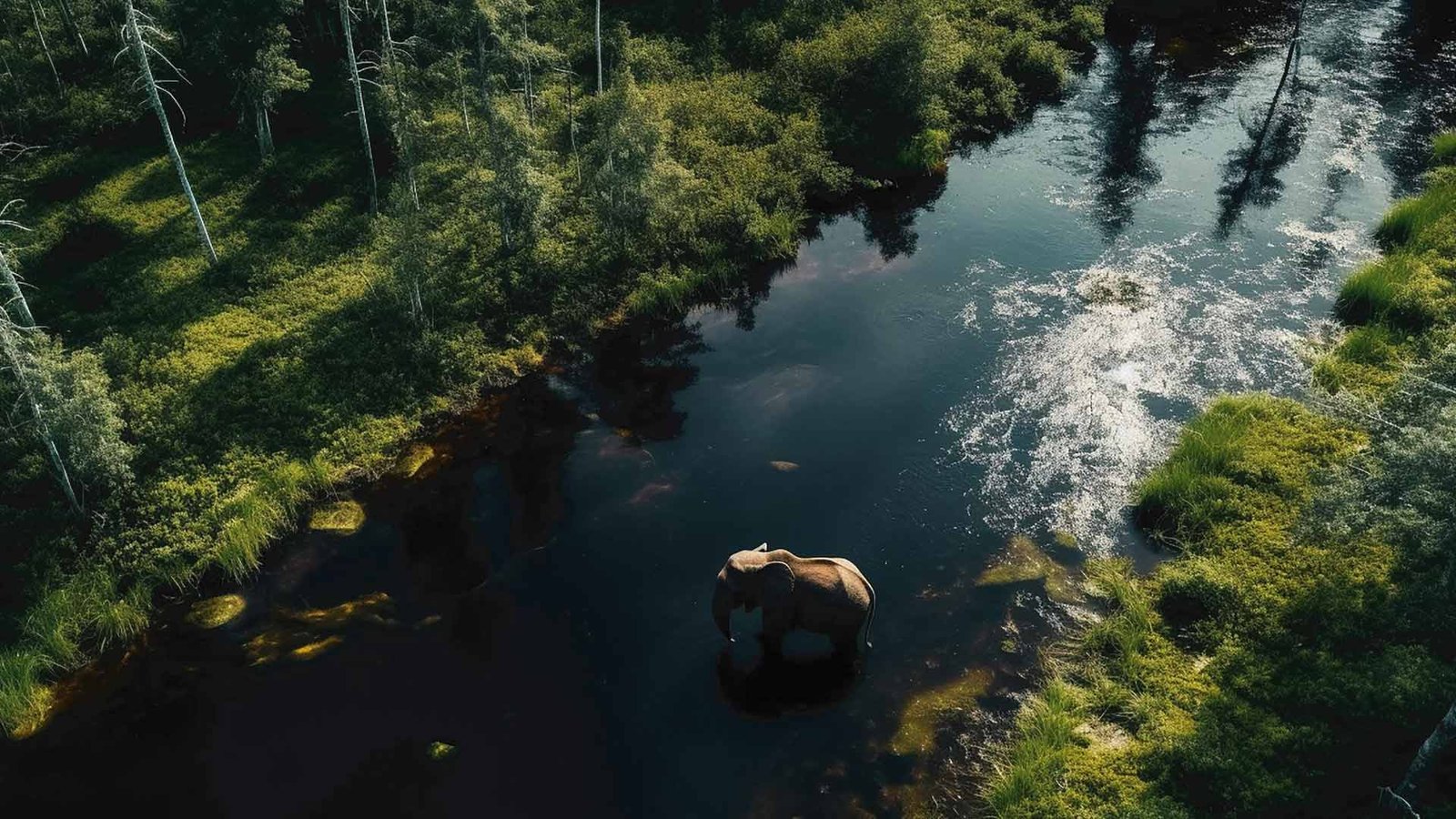Discover how forests play a crucial role in achieving net zero through sustainable energy solutions, carbon sequestration, and climate resilience.
The world confronts rising environmental issues, which underline the paramount significance of preserving natural resources to a greater extent than ever before.
Three life-basic elements—forests, water, and clean energy solutions—are facing growing threats from climate change, and deforestation, alongside overconsumption of natural resources.
To raise awareness and promote robust actions International Day of Forests (March 21) and World Water Day (March 22) serve to inform and encourage decisive action regarding the proper stewardship of essential natural resources.
It’s our responsibility to achieve global net-zero emissions targets and focus on forest conservation and sustainable energy solutions.
Table of Contents
1. Role of Forests and Water in Achieving Net-Zero Emissions
2. The Connection Between Forest Conservation and Energy Solutions
3. Sustainable Practices Support in Mitigating Climate Change
Conclusion
1. The Importance of Water and Forest Conservation in Net-Zero Emissions

Forests create an essential relationship with water systems to maintain the environment’s stability and sustain life on our planet.
Natural water is stored inside forests that receive clean rainfall before providing sustainable freshwater to people and the environment. Through their action, they protect against soil erosion and diminish flood threats as well as function to manage both local and global climate systems. Similarly, forests are natural carbon sequestration that not only aids in planning net-zero emissions strategies but also focuses on managing climate systems on local and global levels.
Unfortunately, the abrupt destruction of vast forested areas in the Amazon Rainforest has triggered multiple disturbances. This situation is gradually deteriorated resulting in higher carbon emissions due to logging, land clearing, and wildfires. According to reports by the Council on Foreign Relations in 2022, more than 1.98 million hectares of Amazon Rainforest have been cleared leading to deficient water supplies, in regions nearby.
Not just forests and water, but as per a survey by the World Bank Group, the Amazon Rainforest is home to 10% of the world’s known species. This biodiversity contributes to its delicate balance. In recent times, Amazonian species are threatened by cases of deforestation and water scarcity leading to endangerment and extinction causing an imbalance in the ecosystem.
The need of the hour is sustainable forest management which will protect the forests, promote renewable energy development, and lead to a low-carbon future.
Such initiatives will not just support clean hydropower production and provide biomass energy sources but can also aid in replacing fossil fuels when managed sustainably.
2. The Connection Between Water and Forest Conservation in Energy Solutions

The dual importance of water and forests extends to their roles in maintaining environmental well-being and further contributes to attaining the goals for net-zero emissions and contributing to sustainable energy solutions.
For instance, hydropower which is considered a great source of renewable energy relies mostly on healthy forested watersheds; on a similar note, biomass energy can be obtained from agricultural waste and forest residues- these renewable energy resources can also come in handy, contributing to reducing the dependence on fossil fuels.
This will allow energy production centers to use more renewable energy sources for power generation and carbon capture technologies and title themselves as sustainable organizations.
By simply integrating precision irrigation, rainwater harvesting, and sustainable forestry, governments and organizations can optimize the conventional issues of energy efficiency and water resource management, guaranteeing a long-term pathway toward a low-carbon economy.
3. Sustainable Practices Support in Mitigating Climate Change
Forests and water bodies are core for climate change mitigation strategies, directly contributing to global net-zero targets.
Yet, constantly challenging nature can cause deforestation and flawed water management, leading to increased temperatures, higher carbon emissions, and losses in biodiversity.
Is there any ideal way to figure this out?

Yes, by implementing forest conservation methods such as reforestation and afforestation governments and organizations can enhance carbon offsetting initiatives but also protect against climate-related disasters and temperature stabilization.
The Three-North Shelterbelt Forest Program in China can be considered a good example of large-scale afforestation and reforestation. The program started in 1978 and is planned to be completed around 2050 with a vision of battling desertification and restoring degraded ecosystems China is simultaneously increasing the installation of solar farms in desert areas to stabilize the landscape and urging organizations to use renewable energy for production.
Is there any similar initiative for water conservation?

Water conservation stands as a fundamental factor that helps fight against climate change. For instance, the Great Green Wall Initiative in Africa focuses on combatting desertification in the Sahel region, investing in water harvesting strategies across North Africa, and providing sustainable energy solutions to underdeveloped regions of the African Union.
As per a report by the United Nations Convention to Combat Desertification (UNCCD), the project has been divided into small initiatives, and more than 300,000 hectares of land in the Burkina Faso and Niger regions can be used for food production.Combining integrated policies for forest protection alongside water preservation efforts with sustainable power generation systems will provide strong support for climate change reduction initiatives. Looking forward, governments and organizations consolidate on building a sustainable future, which depends on how responsibly they can take conservation actions and, together, focus on reforestation initiatives and innovative water preservation practices.
Discover the latest trends and insights—explore the Business Insights Journal for up-to-date strategies and industry breakthroughs!

